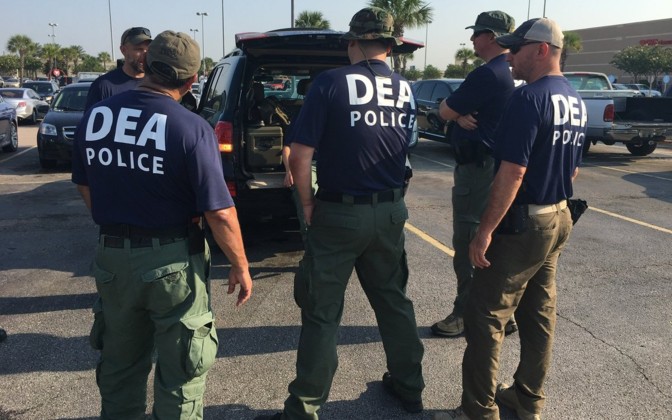Heroin and Fentanyl Fueling Veteran Overdoses, Not Rx Opioids
/By Pat Anson, PNN Editor
The U.S. Department of Veterans Affairs has taken a number of steps in recent years to reduce opioid prescribing for military veterans and their families. In 2015, the VA adopted the CDC opioid guideline before it was even finalized. Two years later, the agency adopted a clinical practice guideline for VA doctors that strongly recommends against prescribing opioids to patients for more than 90 days.
Both measures were intended to address “mounting concerns about prescription drug abuse and an overdose epidemic among veterans.”
But a new study has found that the “epidemic” of opioid overdoses among veterans is not fueled by prescriptions opioids – but by heroin, illicit fentanyl and other synthetic opioids obtained on the black market.
Researchers at the University of Michigan and VA Ann Arbor Healthcare System reported in the American Journal of Preventive Medicine that overdose deaths from all opioids increased by 65 percent for veterans from 2010 to 2016. But when then looked closer at prescription data on nearly 6,500 veterans who died, they found an unexpected trend.
"The percentage of veterans who had received an opioid pain prescription in the year before their opioid overdose death dropped substantially over this time period," says lead author Allison Lin, MD, an addiction psychiatrist at the VA Ann Arbor.
In 2010, half of the veterans who died of any opioid overdose had filled an opioid prescription in the three months before they died, and two-thirds had filled a prescription in the last year.
But by 2016, only a quarter of those who overdosed had filled an opioid prescription in the last three months, and 41 percent had done so in the past year.
At the same time, the death rate from heroin or from taking multiple opioids nearly quintupled, and the death rate from synthetic opioids such as fentanyl rose more than five-fold.
“Interventions on opioid overdose prevention have often focused on those receiving opioid prescriptions; if we're only screening for risk in that population, this shows we will miss a lot," said Lin. "We really have to think about opioid overdose prevention and substance use disorder treatment more broadly, to determine where the greatest unmet need is, increase treatment access and accessibility, and improve outcomes."
The VA provides health services to 6 million veterans and their families. Over half the veterans being treated at VA facilities suffer from chronic pain, as well as other conditions that contribute to it, such as depression and post-traumatic stress disorder.
A 2016 study of veterans found a strong link between heroin use and the non-medical use of prescription opioids. Having a long-term prescription for opioids to treat chronic pain was not found to be a significant risk factor for heroin use.























